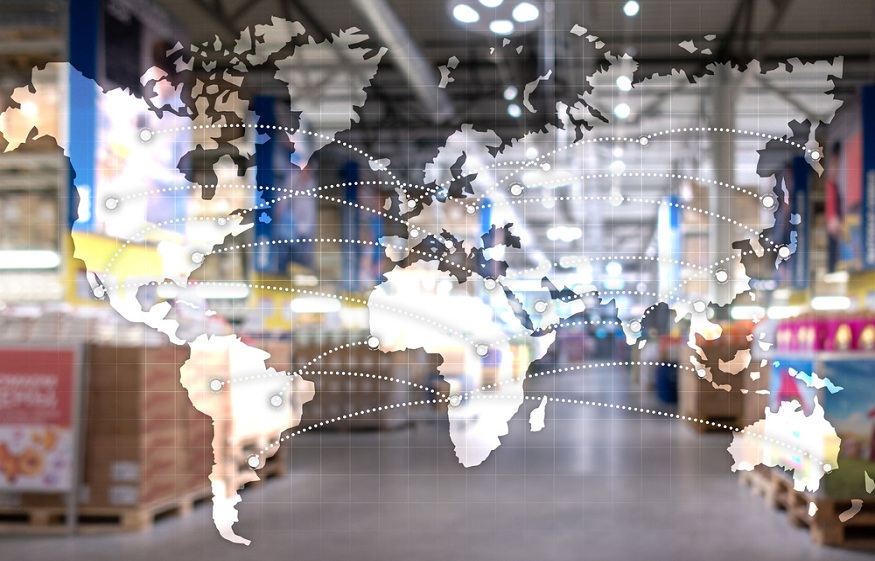Shipping goods overseas is by no means an easy task. The pros make it look easier than it really is, but amateurs falter whenever they try it on their own. That is why international shipping companies offer consumer level services like DHL Export Express.
Preferred Shipping (https://preferredship.com/) is a Sugarland, TX company that operates as an authorized DHL reseller. They say DHL Export Express is one of their most popular services – especially for e-commerce retailers. The service can transport anything from an envelope to a 600-pound package to some 220 countries worldwide.
That is pretty impressive. However, it doesn’t happen by magic. According to Preferred Shipping, there are five logistics steps required to get packages from origin to destination.
1. Export Haulage
The first step is known as export haulage. A shipment is moved from its origin to the final facility it will be processed through before leaving the country. There could be just one move to get from manufacturer to export warehouse. On the other hand, there could be multiple moves and carriers involved. Until export haulage is complete, you are still dealing with a domestic shipping scenario.
2. Customs Clearance (export)
Before shipments can leave the country, they need to pass through customs clearance. This is the second step of international shipping. U.S. Customs officers review all paperwork and electronic records. They take a good look at shipping labels and compare them to documents. If they have any reason to suspect something is amiss, they may hold a shipment until it can be physically inspected.
Though rare, clearing export customs may include paying taxes and duties. When this is the case, shipments will not be released by Customs until payment is received.
3. International Transport
After clearing customs, the shipment is on its way. It may travel overseas by air or water. Obviously, air travel makes for faster delivery. It is the only option if a shipper needs expedited delivery. A plane makes it across the ocean in under 24 hours. Ships can take anywhere from 5 to 21 days.
When shipments are transported over the water, the primary means is a cargo vessel loaded with steel containers. This mode of transport adds extra labor by creating the need to pack shipping crates on the export side and unpack them on the import side.
4. Customs Clearance (import)
Upon reaching the destination port, shipments need to go through customs clearance yet again. Customs regulations in the destination country are likely to be different than those in the U.S., forcing shippers to be cognizant of what is required before shipments are ever sent.
Where taxes and duties need to be collected, it is usually during this stage. Shipments will not be released until payments are made. Likewise, shipments can be delayed if customs officials suspect documentation errors or potentially illegal activity.
5. Import Haulage
The fifth and final step is transporting goods from the port to their final destination. Just as with export hauling, this could be accomplished in a single move or require multiple moves. In nearly every case though, last mile delivery is a separate entity unto itself.
These five logistics steps all have their own idiosyncrasies and unique characteristics. Each step involves its own set of players, meaning that there are lots of hands in the pie over all five phases.
It should be clear that international shipping is characterized by multiple layers of complexity. There are ways to make it easier, but they are not likely to be implemented into the nature of the game. So if you ship internationally, you have to make the best of it.


